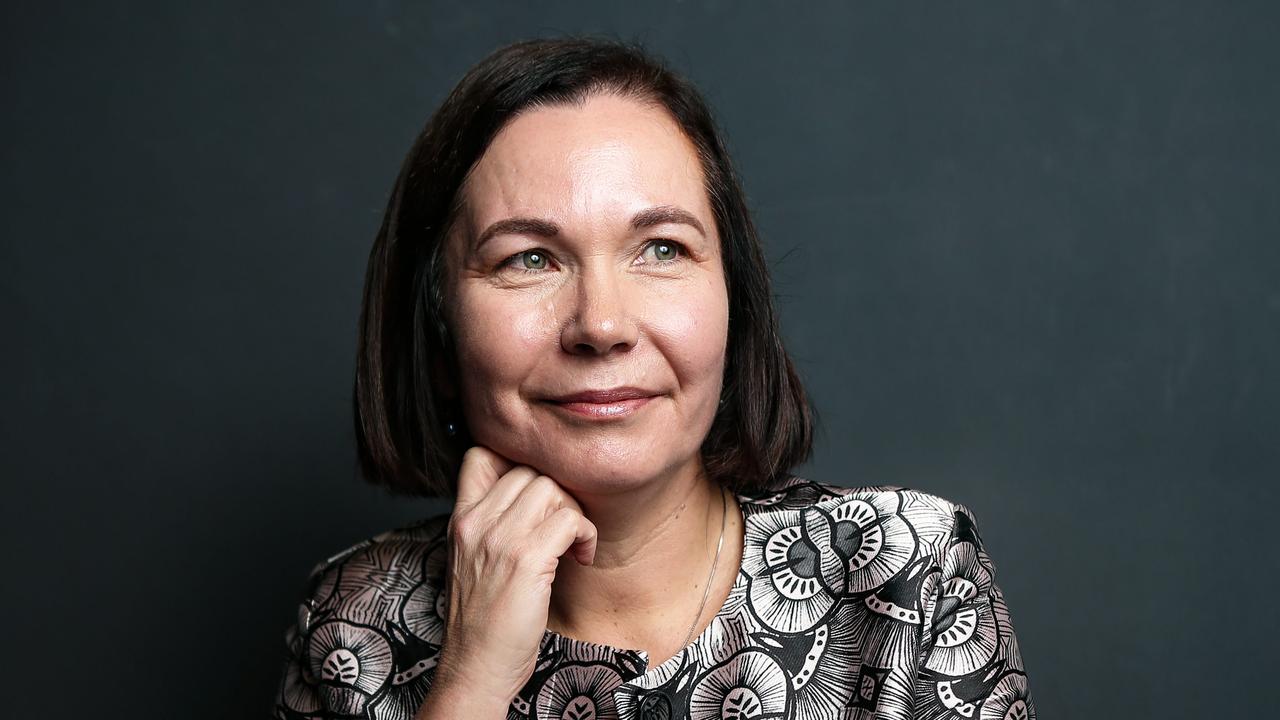Budget tax break brought forward for drought-hit farmers
The federal government has accelerated budget tax changes aimed at helping farmers and regional communities cope with drought.
The federal government has accelerated budget tax changes aimed at helping farmers and regional communities cope with drought.
Joe Hockey and Agriculture Minister Barnaby Joyce yesterday announced that rather than wait for the 2016-17 financial year, farmers could immediately claim a tax deduction for money spent building dams, repairing fences or buying water pipes, silos, haysheds and water tanks.
The Treasurer also backdated the change so that claims could be made for expenditure since the budget was delivered on May 12.
The move follows pressure from farm organisations, particularly in Queensland and northwest NSW where many families are facing three years of consecutive drought.
The capital cost of water and irrigation facilities, dams and fencing can now be fully deducted in the tax year they are purchased — including in the current 2014-15 financial year if bought after budget night — while the cost of buying and constructing new fodder storages, silos and grain barns can be depreciated immediately over three years, rather than three decades.
Bringing forward the date for full tax deductibility eligibility will cost the government $72 million.
Mr Joyce said farmers, while pleased with budget tax changes, had told him they wanted to get on with building fences, dams and fodder storages as quickly as possible. Without the change, only capital expenditure on machinery costing less than $20,000 could have been claimed.
“Our decision to bring forward the start date of accelerated depreciation ... allows them to prepare for drought and invest in the productivity of their farms immediately,” Mr Joyce said.
“But this is not just about drought, it’s about having a vision, encouraging investment where it is needed, boosting farm productivity so we can make the most of our soft commodity opportunities as nation, and creating jobs in rural and regional communities.”


